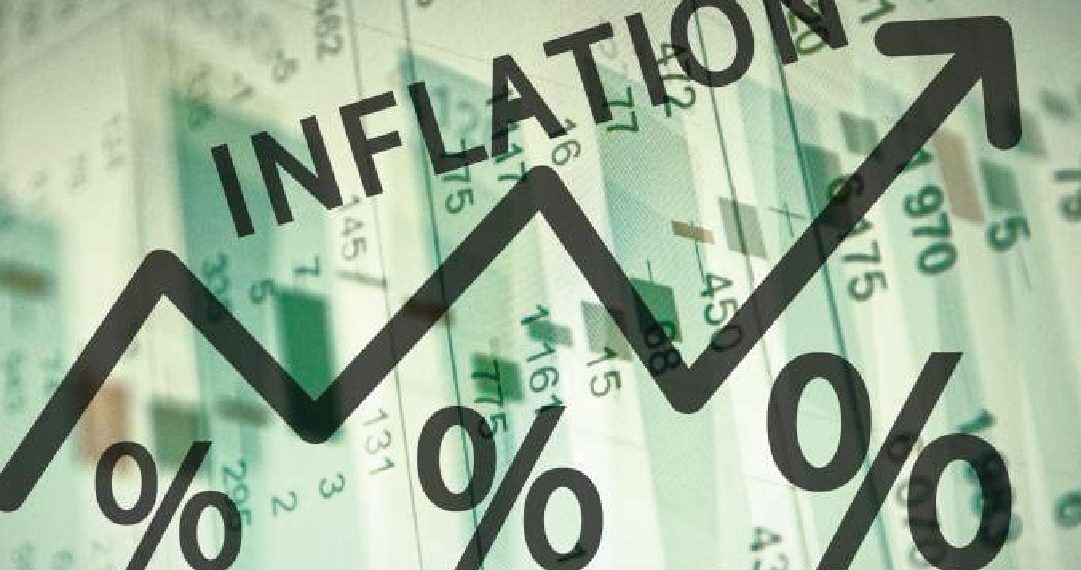Oil prices climbed to their highest levels since late-2014 on Monday, May 7, buoyed by Venezuela’s deepening economic crisis and a looming decision on whether the United States will re-impose sanctions on Iran.
Brent crude oil futures were at $75.63 per barrel at 0909 GMT, up 76 cents from their last close. Earlier in the session, they touched their highest since November 2014 at $75.89 a barrel.
U.S. West Texas Intermediate (WTI) crude futures rose 80 cents to $70.52 per barrel. Monday was the first time since November 2014 that WTI had climbed above $70 per barrel.
China’s Shanghai crude oil futures, launched in March, broke their dollar-converted record-high, rising as far as $72.54 on Monday.
The increases came despite nine U.S. oil rigs bringing the total count to 834, energy services firm Baker Hughes said on Friday.
Analysts said a crisis in Venezuela, a major oil exporter, underpinned prices.
“The growth in production in the U.S. is being counterbalanced by the simultaneous decline in Venezuela,” said Commerzbank analyst Carsten Fritsch.
U.S. oil firm ConocoPhillips has moved to take key Caribbean assets of Venezuela’s state-run PDVSA to enforce a $2 billion arbitration award, actions that could further impair PDVSA’s declining oil production and exports.
Venezuela’s output has halved since the early 2000s to 1.5 million barrels per day (bpd), as the South American country has failed to invest enough in its oil industry.
Widespread expectations that U.S. President Donald Trump will withdraw from the Iranian nuclear pact added a further risk premium.
On Monday, Saudi Arabian Energy Minister Khalid al-Falih said he is concerned about low oil industry investment and potential shortages in the future.
But U.S. output has soared by more than a quarter in the last two years, to 10.62 million bpd. It will likely rise further this year as its energy firms keep drilling for more, Reuters reports.














